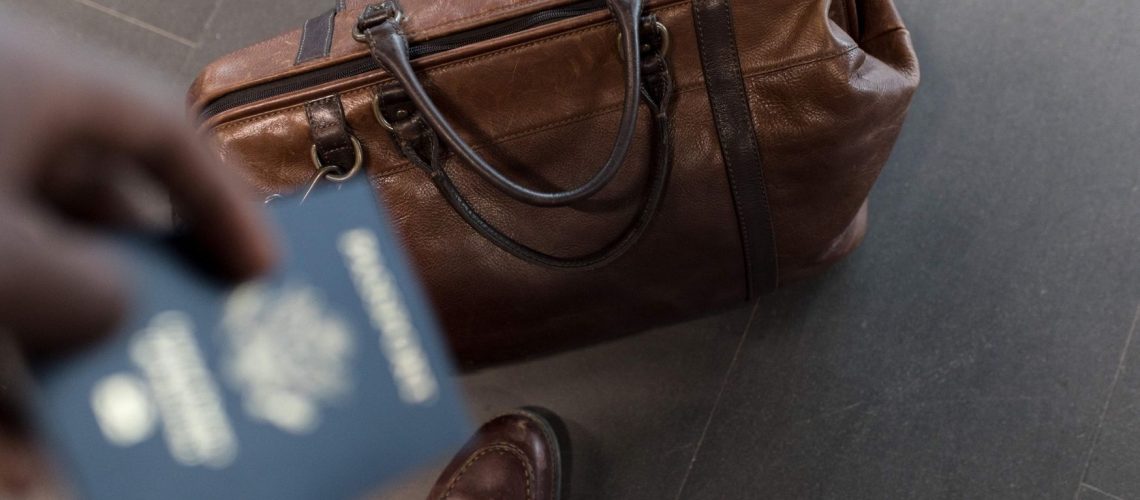Getting asylee status in the United States can be a long and difficult road, but not impossible. There are a lot of benefits for those who are lucky enough to win their case. These are the main benefits given to anyone with asylee status in the United States:
- Travelling internationally on a US Refugee Travel Document
Anyone who is granted asylee status in the United States can apply for and obtain a Refugee Travel Document (RTD). The document looks like a passport and can have visas from other countries issued in it.
With an RTD, an asylee does not need to use the passport from their country of citizenship to travel. In fact, it is recommended that the passport from the country of citizenship is no longer used, as the asylee is not supposed to use any benefits accorded by their country of citizenship (which is usually the same as the country of persecution).
A valid, unexpired RTD allows for travel to any third country where the asylee can obtain a visa to enter. However, an asylee should never use an RTD to travel to their country of persecution, as that can lead to a loss of their asylee status.
- Sponsoring spouse and children under 21 for US Immigration
Anyone who is accorded asylee status in the United States can sponsor their spouse and children under 21 by filing a Form I-730, Refugee/Asylee Relative Petition.
The spouse must have been the asylee’s spouse at the time of the filing of the asylum application. If an asylee is single at the time of filing the application, and later gets married, they cannot file Form I-730 for their spouse. They will be have to wait until they are a greencard holder, and then sponsor their spouse as the spouse of a greencard holder.
Children of asylees have to be under 21 at the time of filing the asylum application. Asylum applications can take years to be approved, during which time the child might “age-out,” or turn over 21 years old. However, the child can still be sponsored under Form I-730 as the child of an asylee as long they remain unmarried. If the child gets married, they are no longer consider a “child” under immigration law and must qualify for immigration benefits independent of their parent’s status.
- Eligibility for a Greencard and US Citizenship
An asylee can become eligible to file for permanent residency, or a “greencard,” after at least one year of physical presence following their grant of asylum. If the asylee traveled outside the United States on a RTD, that time spent outside the U.S. has to be added to the one year before a greencard application can be filed. Asylees are admitted to permanent residency one year before the date their permanent residency application is approved.
If an asylee is granted permanent residency, they can also apply for U.S. citizenship 4 years and 9 months after the date on their permanent residency card. However, an asylee should not become a citizen until after their dependent wife and children have received permanent residency. Becoming a citizen before their dependent family members have become permanent residents. Doing so will make their family members ineligible for permanent residency.

